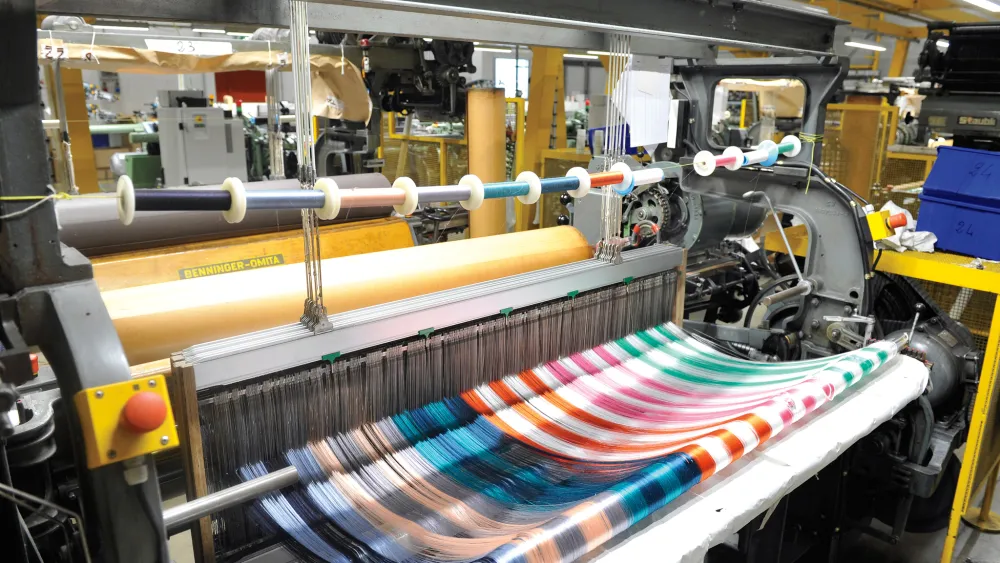The textile industry stands as a testament to human ingenuity, weaving together threads of tradition, innovation, and sustainability. From ancient civilizations to modern-day societies, textiles have been an integral part of our cultural heritage and economic development. In this blog, we embark on a journey through the intricate tapestry of the textile chandna industries, exploring its rich history, technological advancements, and the evolving landscape of sustainability.
A Tapestry of Tradition
Textiles have adorned humanity for millennia, serving as more than mere fabric but as symbols of status, identity, and craftsmanship. From the exquisite silk garments of ancient China to the vibrant patterns of West African textiles, every culture has contributed to the diverse tapestry of textile traditions. These ancient techniques and artisanal skills continue to inspire contemporary designers and craftsmen, bridging the gap between past and present.
Spinning Innovation
The textile industry has undergone a revolution fueled by technological innovation. From the mechanization of spinning and weaving during the Industrial Revolution to the dawn of digital textile printing and smart fabrics, technology has continually reshaped the way we produce and interact with textiles. Advancements such as 3D knitwear company, nanotechnology-infused fabrics, and wearable electronics are pushing the boundaries of what textiles can achieve, opening new possibilities in fashion, healthcare, and beyond.
Sustainable Threads
Amid growing concerns about environmental impact and social responsibility, sustainability has become a driving force in the textile industry. Innovations in eco-friendly materials, such as organic cotton, recycled polyester, and biodegradable fibers, are reducing the industry’s carbon footprint and minimizing waste. Furthermore, initiatives like fair trade practices, ethical sourcing, and supply chain transparency are promoting social equity and empowering communities involved in textile production worldwide.
Fashioning the Future
The future of the textile industry is intertwined with the pursuit of sustainability, innovation, and inclusivity. As consumers become more conscious of their purchasing decisions, brands are embracing circularity, upcycling, and zero-waste design principles to create fashion that is both stylish and sustainable. Moreover, advancements in wearable technology are transforming shirts manufacturers into interactive interfaces, blurring the line between fashion and function. From self-cleaning fabrics to garments that monitor health metrics, the possibilities for the future of textiles are as limitless as the human imagination.
Conclusion:
As we conclude our journey through the textile industry, we are reminded of its enduring significance in our lives and the world around us. From ancient traditions to cutting-edge innovations, textiles continue to shape our cultures, economies, and identities. As stewards of this vibrant industry, we have a responsibility to honor its legacy while embracing the opportunities and challenges of the future. By weaving together tradition, innovation, and sustainability, we can create a textile industry that not only reflects our values but also paves the way for a brighter, more inclusive tomorrow.




